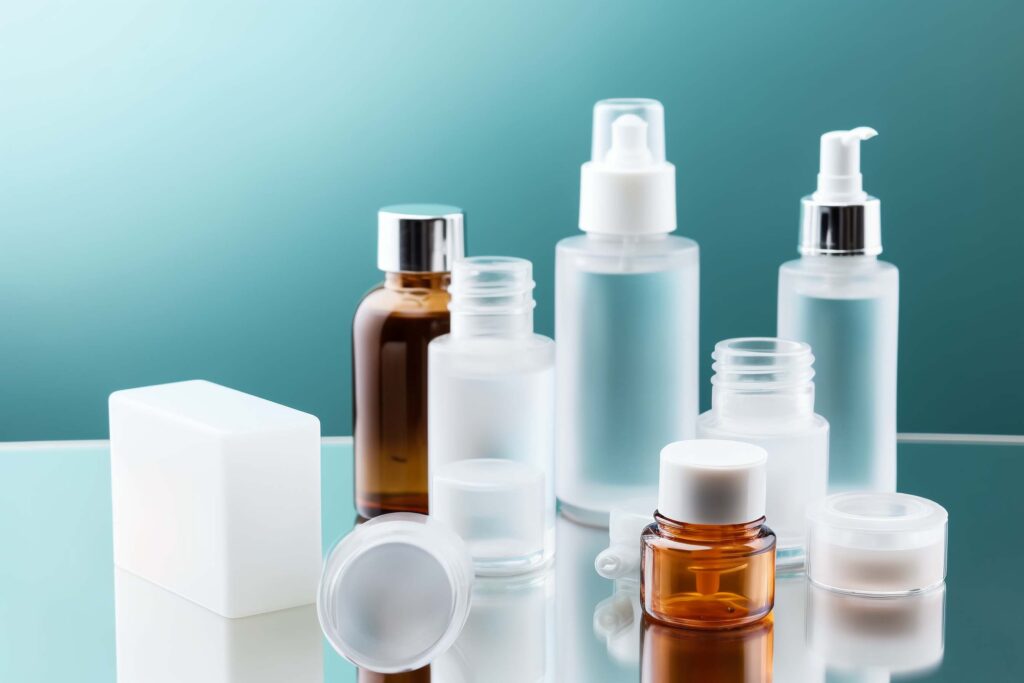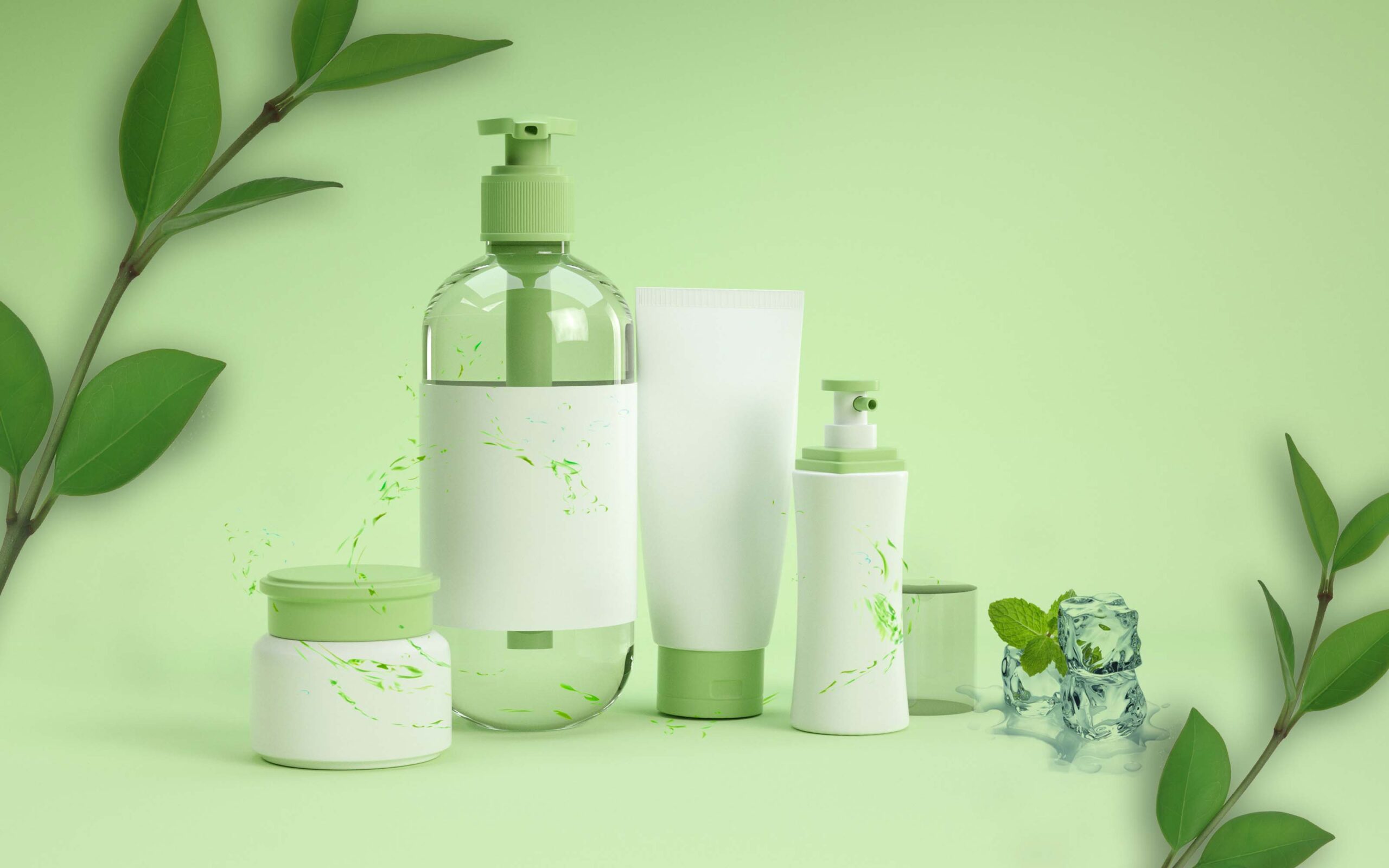
In the world of formulations that consumers never see, there is a “smart molecule” derived from natural fibers, quietly driving skincare products to be more skin-friendly, hair care products to be more stable, and makeup to last longer. It is cellulose ether — the essential foundation in modern cosmetics and toiletries formulations. As a professional supplier deeply rooted in the cosmetics and toiletries field, we are dedicated to providing high-performance cellulose ether solutions for the industry, helping brands make the leap from “good” to “excellent”.
Ⅰ. Why Are Cellulose Ethers Indispensable in Cosmetics and Toiletries Formulations?
Cellulose ethers are not a single ingredient, but a family of water-soluble polymers obtained through green modification technologies. They perfectly balance natural mildness with high efficiency and play a “jack-of-all-trades” role in formulations:
Smart Rheology Control: Precisely regulate product viscosity to achieve a unified smooth application and stability.
Microstructure Engineer: Build a stable network in oil-water-solid triphasic systems to prevent separation, sedimentation, and floating oil.
Skin Feel Optimizer: Form an invisible breathable film that keeps skin hydrated without suffocating it, enhancing the luxurious usage experience.
Process Efficiency Partner: The quick-dissolving property in cold water simplifies production, shortens process time, and reduces energy consumption costs.
Ⅱ.The Four Core Battlefields in Cosmetics and Toiletries Products
Battlefield One: The “Balance of Stability and Penetration” in Skincare
Pain Points: High-content active ingredients (such as Vitamin C, niacinamide) are prone to deactivation, and the essence texture is either too thin or too sticky.
Cellulose Ether Solutions:
Hydroxypropyl Methylcellulose (HPMC): Builds a low-viscosity stable system in essences, suspends microcapsule particles, and prevents active ingredients from aggregating and settling. Its unique thermosensitive gel properties quickly form a film after application, enhancing transdermal penetration efficiency.
Hydroxyethyl Cellulose (HEC): Provides a rich texture in creams without adding a heavy feel. Consumer blind tests show a more than 35% increase in skin feel satisfaction.
Battlefield Two: The “Dual Test of Visual and Performance” in Hair Care
Pain Points: Dandruff agents (ZPT), silicone oil, and pearlescent agents separate; foam is not fine or stable enough.
Cellulose Ether Solutions:
Carboxymethyl Cellulose Sodium (CMC): Efficiently suspends ZPT particles, with no sedimentation after 48 hours of centrifugal testing, ensuring the even release of active ingredients.
Hydrophobically Modified Cellulose Ether: Works in synergy with cationic conditioners to stabilize silicone oil emulsions, increasing hair smoothness by 20% after washing, while reducing silicone oil usage by 15%.
Battlefield Three: The “Paradox of Long-Wear and Comfort” in Makeup
Pain Points: Uneven color powder dispersion, short wear time, and the difficulty of balancing water resistance with breathability.
Cellulose Ether Solutions:
Hydroxyethyl Cellulose: Prevents color powder from settling in liquid eyeliner, with a 0.3% addition achieving no separation after 90 days of storage.
Special Modified Hydroxypropyl Cellulose: Forms a flexible film in lip gloss, enhancing transfer resistance while keeping lips breathable and non-dry.
Battlefield Four: The “Aesthetic and Stability Challenge” in Transparent Systems
Pain Points: Hand washes and facial gels pursue a crystal-clear texture, but traditional thickeners tend to turn white and lose viscosity.
Cellulose Ether Solutions:
High Light Transmittance HEC: Light transmittance > 96%, zero light scattering, creating a “waterless” transparent appearance.
Anti-Electrolyte Formula: Even in systems containing 15% surfactants, the viscosity retention rate is > 90%, solving the “post-thinning” problem of ordinary thickeners.
Ⅲ.Selection Strategy: Not "The More Expensive, the Better", but "Precise Matching"

The degree of substitution, molecular weight, and modification methods of different cellulose ethers determine their performance boundaries. Professional selection is the key to optimizing cost and effect:
Application Scenario | Recommended Type | Key Indicator | Common Misconceptions and Professional Suggestions |
Infant and Child Skincare | Ultra-low Viscosity HPMC | Purity > 99.5%, Residual Solvents < 10ppm | Misconception: Blindly pursuing high viscosity. Suggestion: Low viscosity is easier to rinse, reducing the risk of irritation |
Silicone-Free Shampoo | Salt-Tolerant HEC | 1% Aqueous Solution Viscosity 1000-3000mPa·s | Misconception: The higher the addition, the better. Suggestion: 0.5% is enough to suspend, excessive addition affects foam |
Sunscreen Emulsion | Hydrophobically Modified Cellulose Ether | Surface Tension < 45mN/m | Misconception: Ignoring compatibility with sunscreens. Suggestion: Conduct 45°C accelerated stability testing in advance |
Cleaning Clay Mask | High Yield Value CMC | Yield Value > 0.5Pa | Misconception: Focus only on viscosity. Suggestion: High yield value is needed to prevent kaolin from settling |
Type | Characteristics | Suitable Systems | Advantages |
Non-surface-treated HEC | No surfactant modification | General water-based paints | Cost-effective, stable, widely applicable |
Surface-treated HEC | Modified with surfactants | High solids, high pigment loading systems | Rapid dissolution, uniform dispersion, excellent application performance |
Ⅳ. The Value of a Professional Supplier: More Than Just Raw Materials, It's Formula Certainty
Choosing a cellulose ether supplier is essentially choosing the success rate of formulations and market response speed. Our core strengths are:
Stringent Quality Control Standards
Residue Control: Low levels of ethylene oxide and propylene oxide residues, eliminating potential sensitization risks.
Microbial Defense: Internal control standards < 100 CFU/g, only 1/10 of the USP standard, especially suitable for preservative-free systems.
Batch Consistency: Using near-infrared online monitoring, key indicators have a CV value < 2%, freeing you from the trouble of “”batch differences””.
Agile Customization Capability
Viscosity Customization: From 5 mPa·s to 100,000 mPa·s, precisely matching your process needs.
Particle Size Optimization: Ultra-fine powder (80 mesh) for rapid dissolution, coarse particles (40 mesh) for dust control.
Ⅴ.Collaborating for More Confident Formulation Innovation
As the market’s requirements for cosmetics and toiletries shift from “usable” to “easy to use, visually appealing, safe, and environmentally friendly”, the selection and application of cellulose ethers have become one of the core technical capabilities of brands. We are willing to be the “invisible hero” behind your R&D team:
Free Technical Support: Providing formula review, problem diagnosis, and process optimization services.
Joint Innovation Laboratory: Developing exclusive cellulose ether solutions for your new product concepts.
Market Trend Insights: Regularly sharing market trends to help you seize the initiative.













